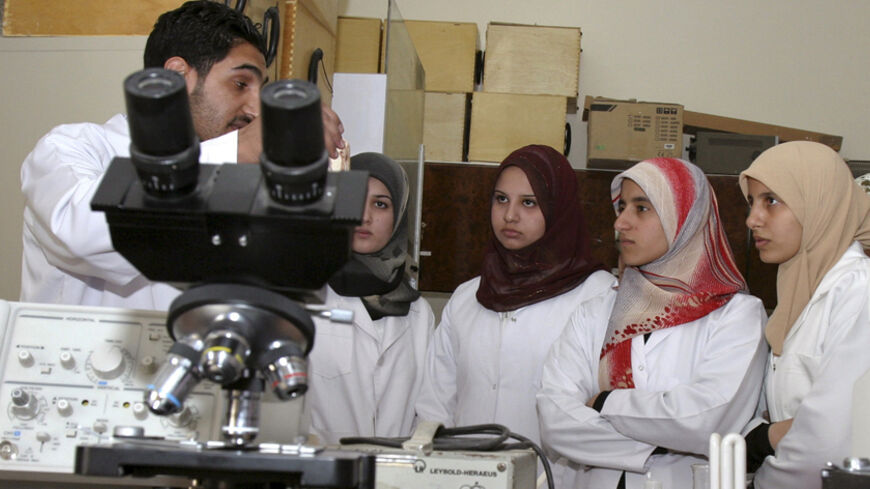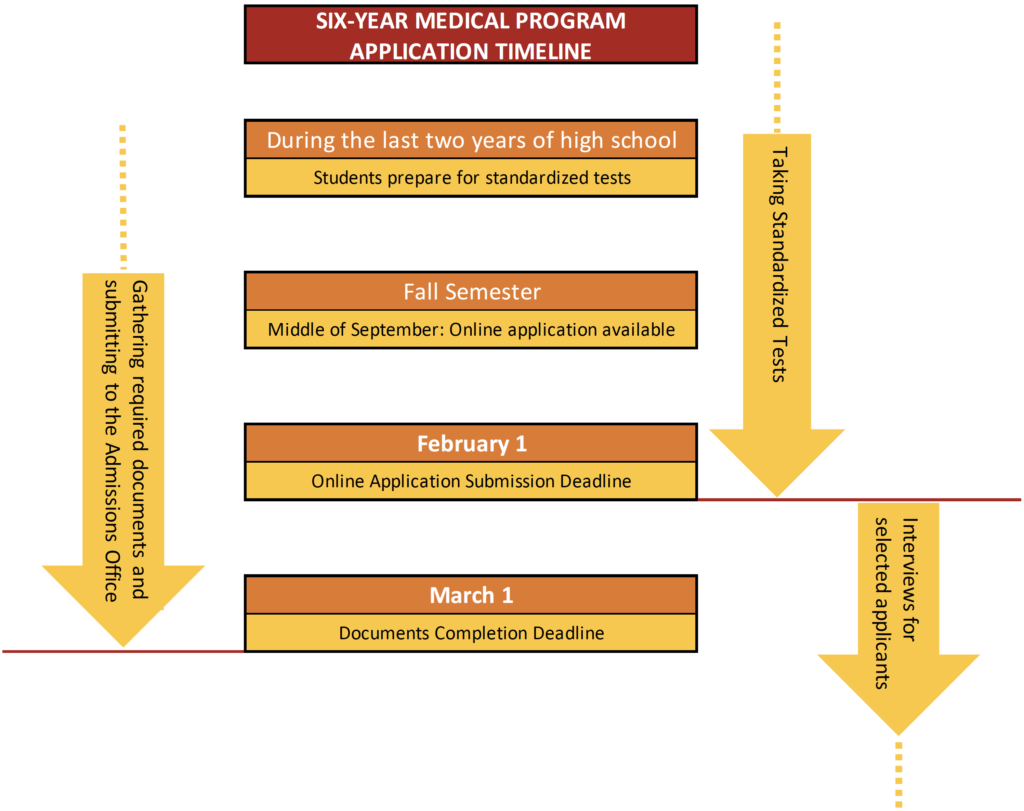The Evolution of Medical Education in the Arab World

By: Yaara Aleissa / Arab America Contributing Writer
Coming to the United States
Over the decades, Middle Eastern countries have been associated with the terms “political instability”, “economic collapse”, and “developing security situations”. The dire situation in many Middle Eastern countries is evident. However, the citizens of these nations are still finding ways to preserve. Although, sometimes that may mean outside of the country they were born.
These factors of economy, politics, and social situation each take a toll on whether effective medical care can be provided. In turn, impacting medical students and the education they receive to shape their future as physicians.
In the United States, almost 20% of all residency applicants are from foreign doctors. Many of them receive their medical degree abroad with the intent to train in the United States. This is because US regulations for medical training are hard to get around. International medical graduates (IMGs), according to the Association of American Medical Colleges (AAMC) state that 1 in 5 US physicians were born and attended medical school outside the United States and Canada. Since 2004, the number of physicians from outside the US has continued to increase by up to 30 percent. Regulations for IMG training are strict. The AAMC defines that these individuals must complete a residency of 3 years regardless of prior experience.
With this in mind, it is important to consider the role of Arab physicians. In addition to how their curriculum aligns with American medical schools. The countries of the Middle East each have their own medical school curriculum. Defining what is important for their students to learn based on the country’s needs.
One Country’s Medical School Curriculum
Among the eighteen countries in the Middle East, it is difficult to compare each of those to the United States. Instead, Iraq, home to the oldest universities in the world, will be analyzed to serve as a guiding example. It is still important to note that this is not the standard for all medical schools in the Middle East.
One of the difficulties that many medical schools in the Middle East faced was creating effective teaching styles. The first medical school in Iraq was established in 1927. These medical schools started with a subject-based curriculum. In the last ten years, it has expanded to add integrative and problem-based learning. These types of learning styles stood to embed inquiry and allow students to dig deeper beyond a surface level.
A change came in 1967 at the Mosul Medical College. Clinical training extended to focus on the social aspects of the disease. This led to decreased time spent on basic sciences reduced to only one semester. The remainder of year 1 focused on medical sciences. This continued into year 2 with the introduction of paraclinical that led into clinical for years 3-6. However, since so little time was dedicated to basic education it led clinicians to become the teachers. They were teaching basic biomedical sciences while also having students present pathophysiological aspects of clinical presentations to keep them engaged.

Bringing it All Together
In the overall differences, the length of school in the United States is much longer than in the Middle East. In the US, undergrad is typically a four-year degree program. After graduation, many students may take a year off to travel, strengthen their extracurriculars, or pursue a master’s. On the other hand, in the Middle East, undergrad is a three-year process after high school leading straight into medical school.
This difference has been a key point of conversation. Especially as European and US medical schools are pushed to reshape their curriculum. In the United States, many lectures are optional. However, with a different age range of students coming into Middle Eastern universities, the younger demographic may fare better with required lectures.
The support for reformed learning styles continues to increase. Seeking for more interactive teaching and less emphasis on sole retention of information. In the Gulf, over 60% of their schools have moved away from traditional learning styles and into hybrid problem-based learning. As more medical schools adopt this style they are seeing the benefits it has in the long term, both in the United States and the Middle East.
Visit Arab America’s blog here!









